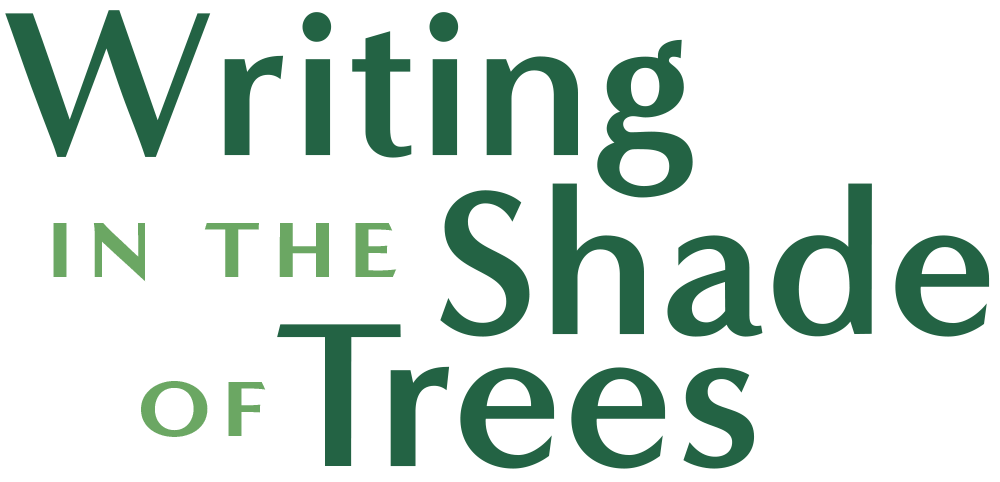https://www.metmuseum.org/art/collection/search/322586
Panel with Striding Lion
Art, great art, may be great because of the artistic excellence, because of its timeless beauty, because of its historical significance, or because of what it says to and about us today. This art object, created during the reign of Nebuchadnezzar II, embodies all these aspects of great art and more.
This striding, majestic, growling winged lion, a symbol and image of the strength and terror inspiring power of the goddess, Ishtar, and by extension, her protection and empowerment of the king and his empire – as intended by its artistic creators – carries with it all of the fierceness and danger of a lion displaying its fearful and terrorizing might, and inherent ever-present ability and willingness to destroy – controlled and directed by no one, unpredictable in the timing and lethalness of its pounce.
Magnificently rendered, this lion – winged, lean and taut, striding with the assurance of unchallenged supremacy on bricks the color of the soil of the earth, an image of unbridled power dynamically set against the blue sky of the heavens, the abode of the gods – declares to all other nations and peoples and their gods, the ascendency and absolute dominance of Nebuchadnezzar II, the Great, King of all kings, and Ruler of all.
Babylon, a city of historic significance, importance, and symbolism, was a magnificent city of color and beauty, and this lion was one of many that lined both sides of the Processional Way, a ceremonial road that led from outside the city to the Temple of Marduk, the chief Babylonian god. Nebuchadnezzar II, the king who conquered Jerusalem, destroyed the temple built by Solomon, and who deported the Jews to Babylon – the siege and destruction of Jerusalem and the Temple and the deportations recorded in Jeremiah 52:1-31 – ruled over Babylon, and all held within the sway and dominance of the Babylonian empire, when these lions were created to display and magnify his glory and power to all nations and peoples.
And when we gaze upon this winged lion – yes, a beautiful, artistically excellent art object – our eyes are then upon an object which Nebuchadnezzar and at least some of the Jews deported to Babylon, perhaps including the prophet Daniel, beheld and contemplated with eyes and an understanding which were by distance in time, culture, and experience very different from ours. For what we see as an art object – and one deeply appealing to our eyes and aesthetic sense – the eyes of those in Babylon saw the lion, and the whole Processional Way of lions and other animals associated with the Babylonian gods as it was intended – as images exalting the King and his power and his gods over and against all other peoples and kingdoms and their gods – images intended to create awe and fearful obeisance to the king, and, yes, to recreate the trembling, gut-wrenching fear and despair within those whose eyes had seen that power descend upon them, their cities, and their seemingly impotent gods.
And we today may not receive this exact message and proclamation from this winged lion, but we do still know of the intent of this object, and what it truly portrays. For this image tells us much of our own inherited world view, of the dynamic yet fluctuating bond between power and those who attempt to control and use the gods that be for their own purposes. For we share in the effects of the lions and the processional ways of our own day and their touch upon our lives and everything around us. For this lion is beautiful and captivating in its message, but one of which we need to be wary, individually and as a nation, for this lion will only lead us to further cycles of fear, resentments, pride and hate, this time not induced within others, but within ourselves as we realize that we are not in a procession with the lion, but that the lion is stalking us, and that there is nowhere good or safe within the processional way. Leaving the procession is the only way out.


Merely leaving the procession is not enough. One must process toward somewhere. That somewhere is to the to the Lord, his goodness, safety and salvation.